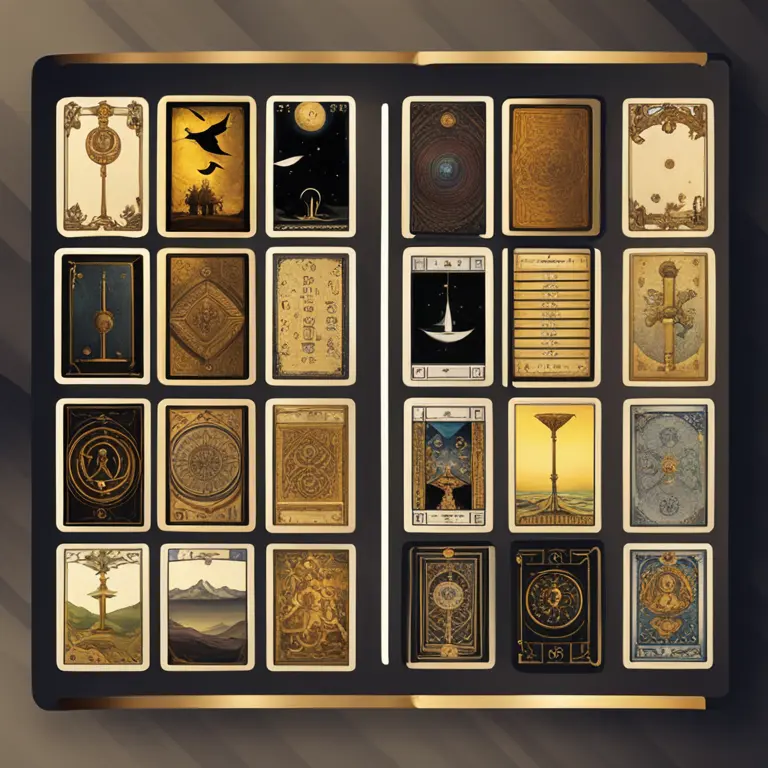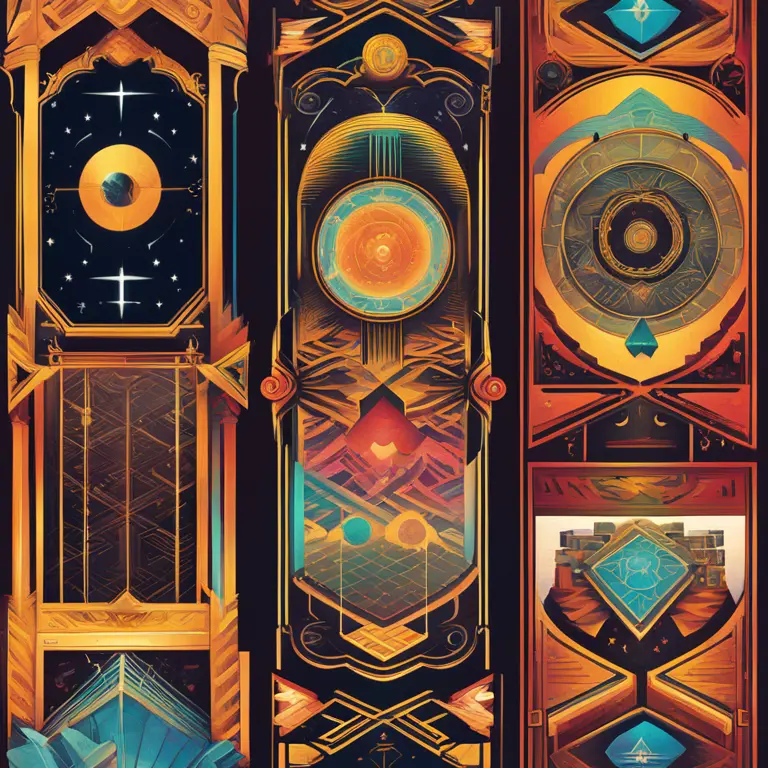
The Birth of Tarot in the Medieval Era
The history of tarot cards is shrouded in mystique, but research suggests their origin dates back to the medieval period. Initially, tarot decks were created for playing a group of card games known as 'tarocchi', popular across Europe. The earliest known tarot decks appeared in the 15th century in Italy. These early decks were hand-painted, making them prized possessions exclusive to the upper echelons of society due to their expense and intricate artistry. As their popularity grew, the production of tarot cards became more accessible, allowing a wider range of social classes to indulge in the game.

Transformation into Mystical Tools
While tarot started as entertainment, the 18th century marked a pivotal point in their evolution into tools of divination. Occultists and mystics began to believe that the tarot held deeper, more profound esoteric meaning. Antoine Court de Gébelin, a French occultist, alleged that the cards were ancient Egyptian wisdom concealed in allegorical imagery. His interpretations were influential, leading to the widespread use of tarot in divinatory practices. This period also saw the introduction of the major and minor arcana, providing structure to the tarot's mystical system.

The Standardization of Tarot Imagery
As tarot's popularity in divination grew, the need for standardization became apparent. The Rider-Waite tarot deck, conceived by Arthur Edward Waite and illustrated by Pamela Colman Smith in the early 20th century, became a seminal point for tarot imagery. It introduced consistent and evocative illustrations that guided interpretations, each card rich with symbols and meaning. This deck played a critical role in the modern tarot movement, offering a template upon which countless variations have been designed.

Technological Advances and Tarot Accessibility
Advancements in printing technology in the 20th and 21st centuries dramatically increased the accessibility and variety of tarot decks. As digital printing and distribution became more advanced, independent creators began to contribute unique perspectives to tarot card design. These modern decks often reflect contemporary themes and social movements, while still adhering to the traditional tarot structure, allowing both newcomers and seasoned practitioners to find a deck that resonates with them personally.

Tarot in the Digital Age
The digital age has brought tarot into the virtual realm, with online tarot readings and mobile applications flourishing. As we move beyond 2024, the integration of artificial intelligence and virtual reality is set to redefine tarot reading experiences, making them more immersive and personalized. This technological embrace has helped demystify tarot, breaking down previous barriers and introducing the ancient practice to a global audience.
Looking Forward: The Future of Tarot
The future of tarot promises continued innovation while maintaining respect for its historical roots. Whether utilized for self-exploration, psychological insight, or entertainment, the tarot remains a versatile tool. As society evolves, so too does the interpretation and application of the cards, ensuring that the tarot will remain relevant and fascinating for generations to come.
Published: 2/8/2024
Modified: 2/8/2024
More predictions
Come back here soon to learn more about yourself and your future


No Zodiac Sign? Here's What It Means for You
Discover the unique standing and implications for individuals without a zodiac sign in the mystical realms of astrology and how it shapes their identity.


The Cancer Zodiac Profile: Insights & Characteristics
Discover the deep emotional world of Cancer, the fourth sign in the zodiac, revealing their traits, compatibility, and future prospects for 2024 and beyond.


The Zodiac Libra: Balancing Beauty and Justice
Dive into the harmonious world of Libra, the zodiac sign of balance and beauty, as we reveal what makes Librans unique in astrology.